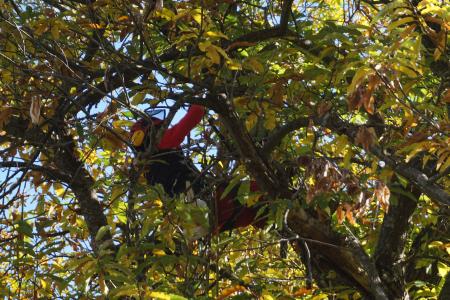
Objective:
The main objective was the structuring of the sectorial productive system in one of the main chestnut growing regions in Spain, El Bierzo (Castilla y León). As secondary objectives: Improvement of the phytosanitary status of the chestnut groves. Quantitative and qualitative increase of the production, productivity and profitability. Creation of employment. Normalization of the productive activity. Creation of wealth and equitable distribution. Corporate social responsibility.
Context:
The current situation of chestnut exploitation in the region of El Bierzo is in regression, due to the phytosanitary situation and the smallholdings that make difficult the exploitation and modernization of the exploitations, as well as the establishment of new plantations. Likewise, the marketing of the product is hampered by the lack of organisation in production and information. Therefore, it is necessary to change the current production model and implement a new model that overcomes the difficulties and threats in the sector.
Contacts:
Roberto Rubio Gutiérrez, Roberto.Rubio@cesefor.com, http://www.cesefor.com
Angel Gaspar García-Miranda González, gargonal@jcyl.es, http://www.jcyl.es
Pablo Linares Barreal, info@castanadelbierzo.es, http://www.castanadelbierzo.es